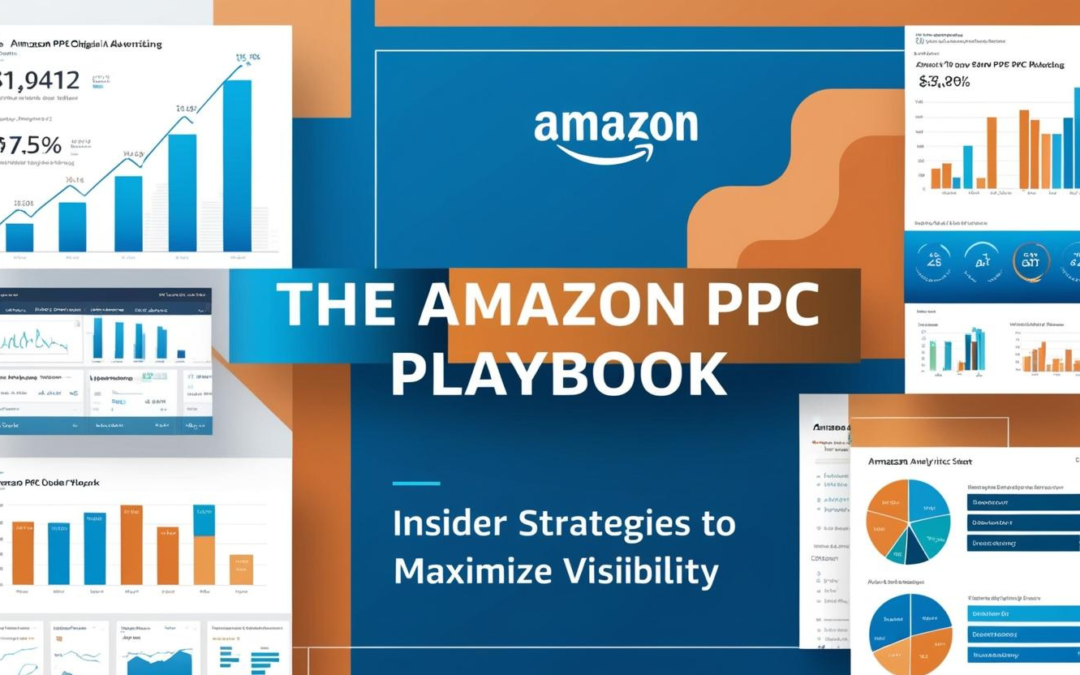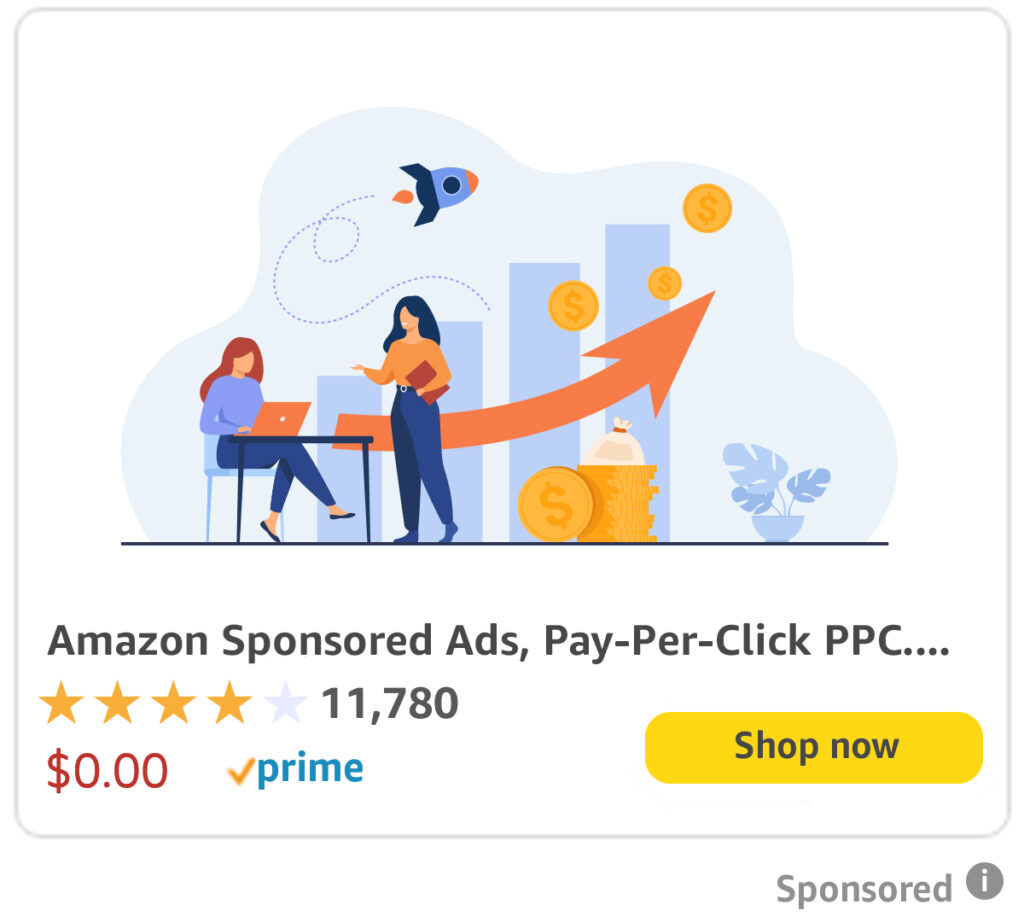Read More
Step-by-Step on SellerAdvantage.co.uk
Read on LinkedIn
Read on Medium
Watch on YouTube
The Amazon PPC Playbook: Insider Strategies to Maximize Visibility
In the competitive ecosystem of Amazon, visibility is everything. The difference between products that thrive and those that flounder often boils down to how discoverable they are. For most sellers, Amazon’s Pay-Per-Click (PPC) advertising platform serves as the engine that powers that visibility. However, with increasing competition and rising ad costs, simply running PPC campaigns is no longer enough. Sellers need to be strategic, data-driven, and creative to stand out. This article explores the nuanced, actionable tactics that experienced Amazon sellers use to improve their ad visibility, performance, and ultimately, profitability.
Amazon’s PPC landscape is dynamic. Algorithm updates, evolving buyer behaviors, and seasonal shifts all play a role in campaign outcomes. That means what worked six months ago might not be effective today. Sellers who want to remain competitive must adopt a proactive mindset, regularly optimizing their campaigns and staying abreast of new techniques. This “PPC Playbook” distills years of advanced practice into focused strategies designed specifically for sellers who want to drive more traffic to their listings while controlling spend.
If you’re already running Sponsored Products, Sponsored Brands, or Sponsored Display ads and looking to take things to the next level, this guide is for you. Whether you’re a seasoned seller aiming to refine your tactics or a growing brand looking to scale, the following strategies can help unlock new levels of visibility on Amazon’s crowded digital shelf. Let’s dive into 10 proven, actionable strategies that are transforming the way top Amazon sellers approach PPC in 2025.
10 Insider Strategies to Maximize Visibility with Amazon PPC
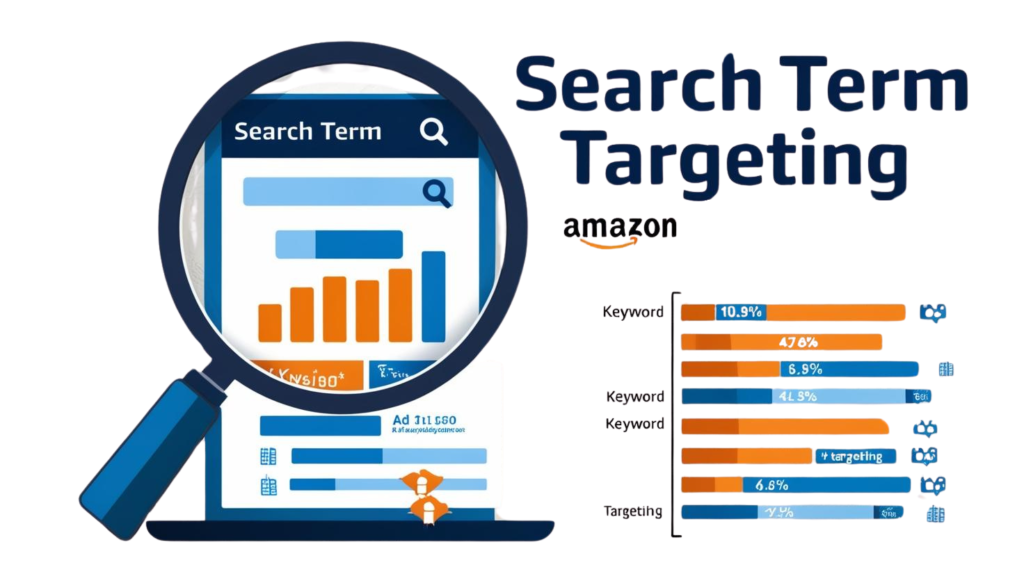
Use Search Term Isolation to Control Relevance
One of the most overlooked strategies is search term isolation. By segmenting high-converting search terms into exact match campaigns, sellers can take direct control over ad visibility. This tactic improves campaign efficiency and ensures you’re not wasting spend on irrelevant or loosely-related terms. Start by harvesting top-performing terms from broad or phrase match campaigns and moving them into exact match campaigns with dedicated budgets.
Implement a Tiered Bidding Structure
Instead of bidding the same for every keyword, tier your bids based on performance metrics like click-through rate (CTR), conversion rate, and ACOS. High-performing keywords should receive higher bids, while lower-performing ones can either be bid down or paused. This structure allows you to prioritize visibility on terms that drive the most profit and scalability.
Leverage Sponsored Brand Videos for High-Intent Traffic
Sponsored Brand Videos are highly visible and drive strong engagement. They appear in premium placements, typically on mobile search results, and can significantly improve click-through rates. Create short, product-focused videos that highlight key benefits or differentiators. A compelling video with strong call-to-action can help your brand cut through the noise.
Utilize Dayparting to Optimize Ad Spend
Dayparting allows you to schedule ads during peak performance hours. By analyzing hourly conversion and spend data, you can turn off ads during low-converting periods and concentrate spend when users are most likely to buy. This can drastically improve ROAS and give your best campaigns more runway during crucial hours.
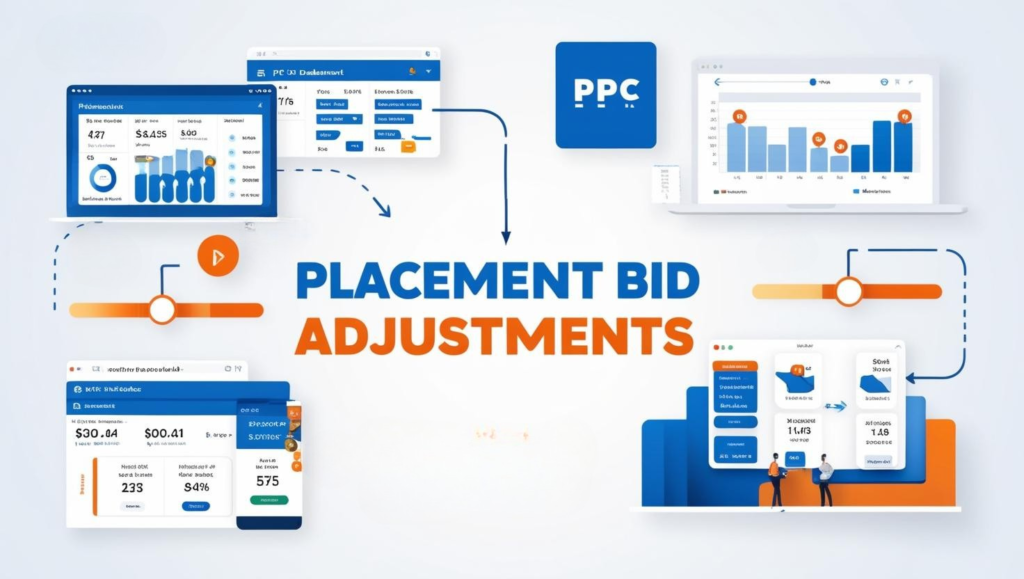
Exploit Placement Modifiers for Strategic Advantage
Amazon allows placement bid adjustments for “Top of Search” and “Product Pages.” By isolating campaigns and adjusting placement multipliers, you can enhance visibility in high-value locations. Top-of-search placements tend to convert better, and adjusting bids specifically for those can increase your presence on the most valuable real estate.
Run ASIN-Targeting Campaigns Against Competitors
Targeting competitor ASINs with Sponsored Display or Sponsored Product ads allows you to appear directly on their listings. This gives you a chance to intercept shoppers while they’re comparing products. Choose competitor listings where your price, rating, or features offer a clear advantage. A strategic placement here can shift buyer attention directly to your offer.
Use Negative Keywords to Cut Wasted Spend
Negative keywords are critical for campaign hygiene. Regularly reviewing search term reports and excluding irrelevant or poor-performing queries helps you avoid ad spend waste and sharpen targeting. Sellers often underestimate how much budget is lost to unqualified clicks. Weekly pruning of negatives should be standard practice in any PPC operation.
Segment Campaigns by Match Type and Intent
Separating campaigns by match type (broad, phrase, exact) and intent (discovery vs conversion) gives you granular control over how you allocate budget and optimize performance. Broad match campaigns are best for discovery, while exact match campaigns are where you double down on winners. This segmentation also simplifies performance tracking and A/B testing.
Incorporate Brand Defense Campaigns
Even if you’re ranking organically for your own brand terms, it’s essential to run PPC campaigns defending your brand. Without this, competitors can bid on your brand name and potentially take top-of-search visibility. Brand defense campaigns also help you dominate the results page, increasing customer trust and reducing friction in the purchase process.
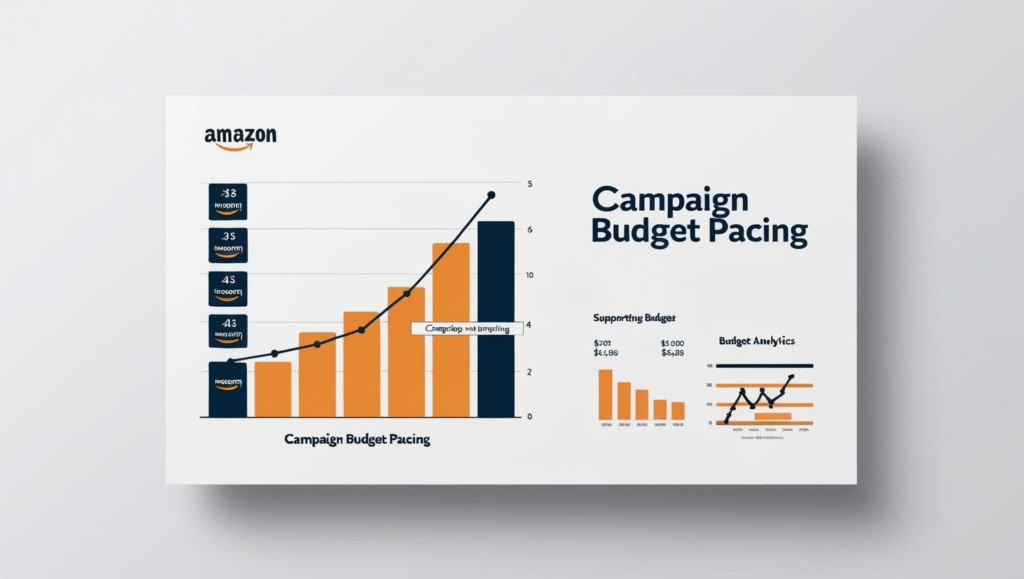
Monitor Budget Pacing with Real-Time Adjustments
High-performing campaigns can burn through budgets quickly, especially during promotional periods. Use Amazon’s budget rules and third-party tools to monitor pacing and prevent campaigns from pausing prematurely. Real-time adjustments and automated rules allow you to maintain visibility without overextending your daily spend cap, keeping performance consistent throughout the day.
Final Thoughts
The Amazon PPC environment is increasingly complex, but with complexity comes opportunity. Sellers who are willing to go beyond the basics and implement these insider strategies are the ones who consistently outperform the competition. Every tactic discussed in this article is designed to give you more control, improve ad efficiency, and elevate your product visibility in meaningful, measurable ways.
Remember, visibility alone is not enough — it needs to be qualified visibility. That’s where data-driven campaign management makes the difference. Sellers who regularly audit their campaigns, understand their metrics, and make intentional optimizations will see not just more clicks, but more conversions. PPC success doesn’t happen by accident; it’s the result of structured experimentation, continuous learning, and tactical execution.
Whether you implement all ten strategies or just a few, the key is to start with a plan and iterate often. Track your results, refine your approach, and stay informed about changes in the Amazon advertising ecosystem. With the right playbook and a commitment to execution, you’ll be in the best position to dominate your niche, increase visibility, and grow your brand sustainably through Amazon PPC.
Social Media
Connect on LinkedIn
Follow on LinkedIn
Follow on Medium
Subscribe on YouTube
Work With Us
Hire Us on fiverr
Hire Us on upwork
Contact Us
🔴 Book a FREE PPC Audit 🔴


